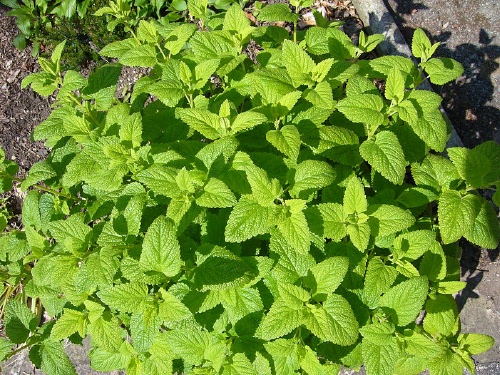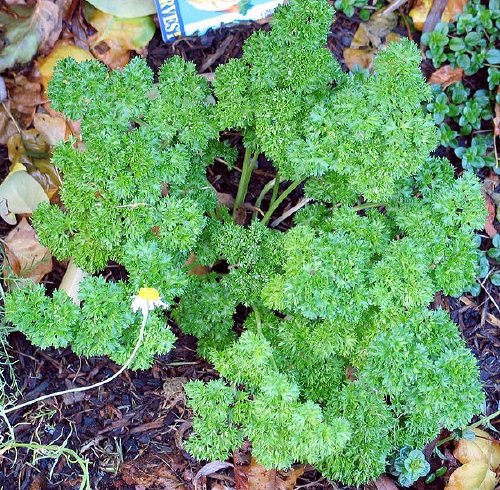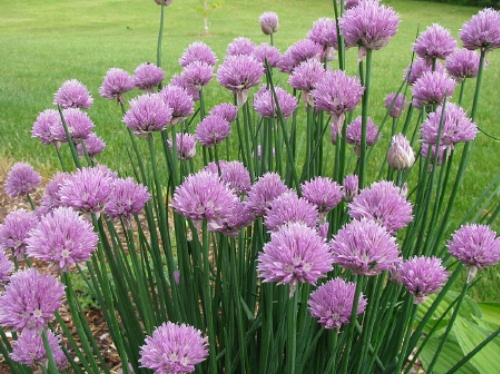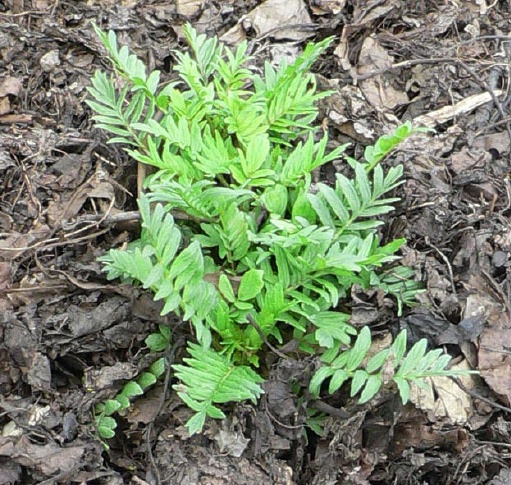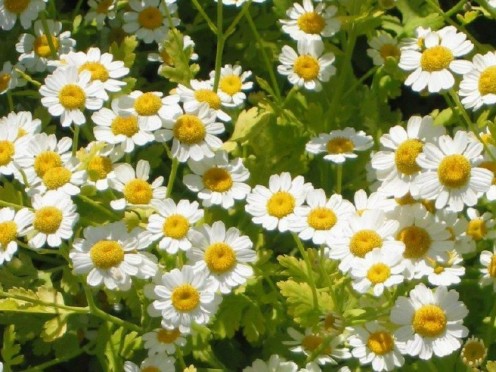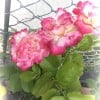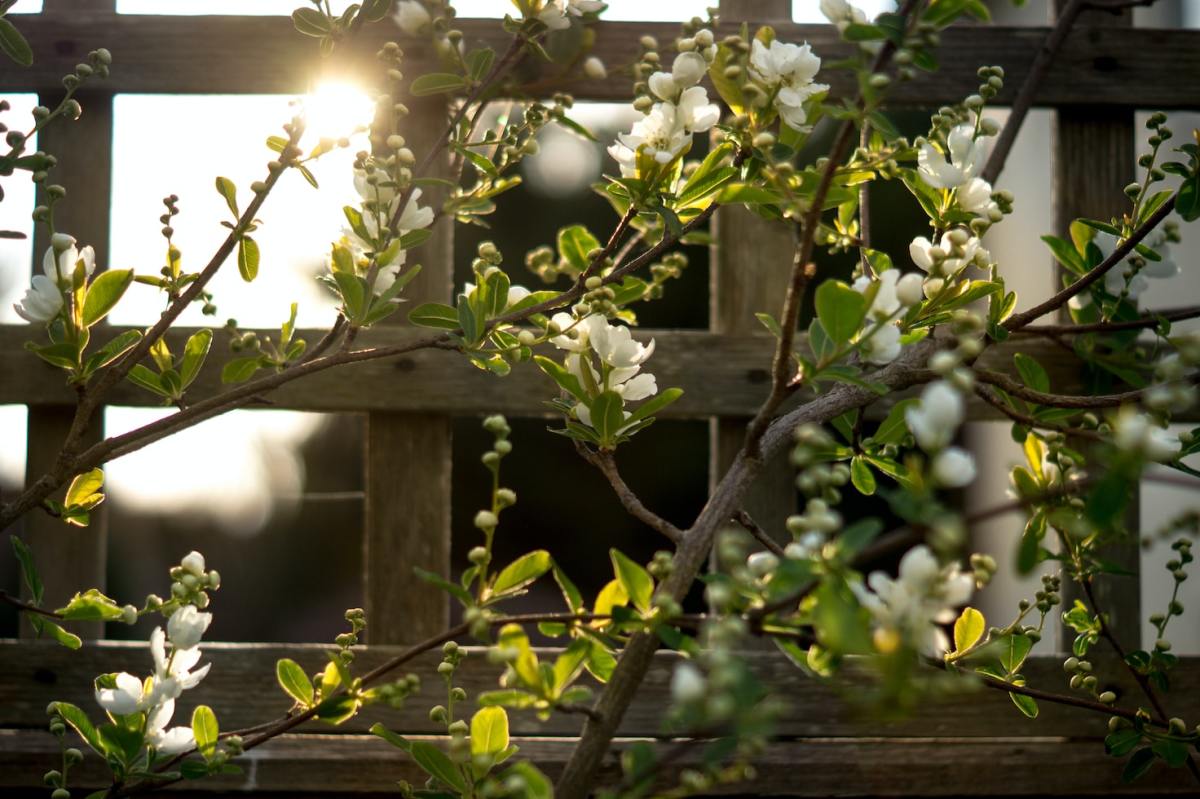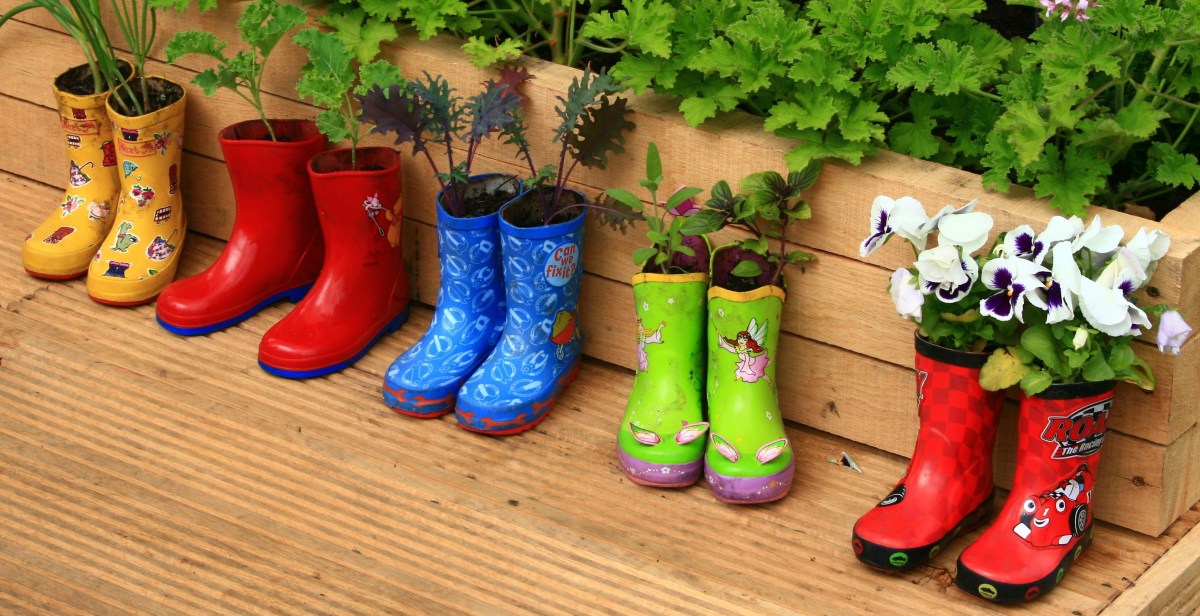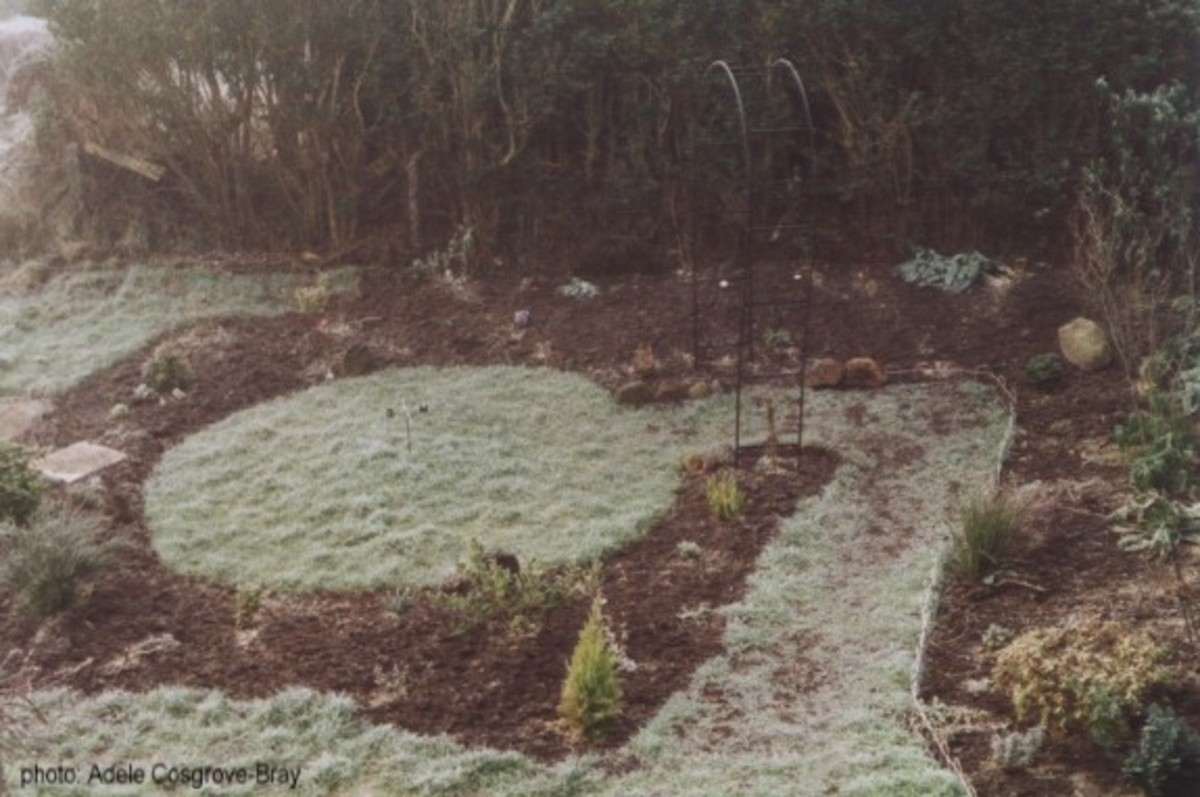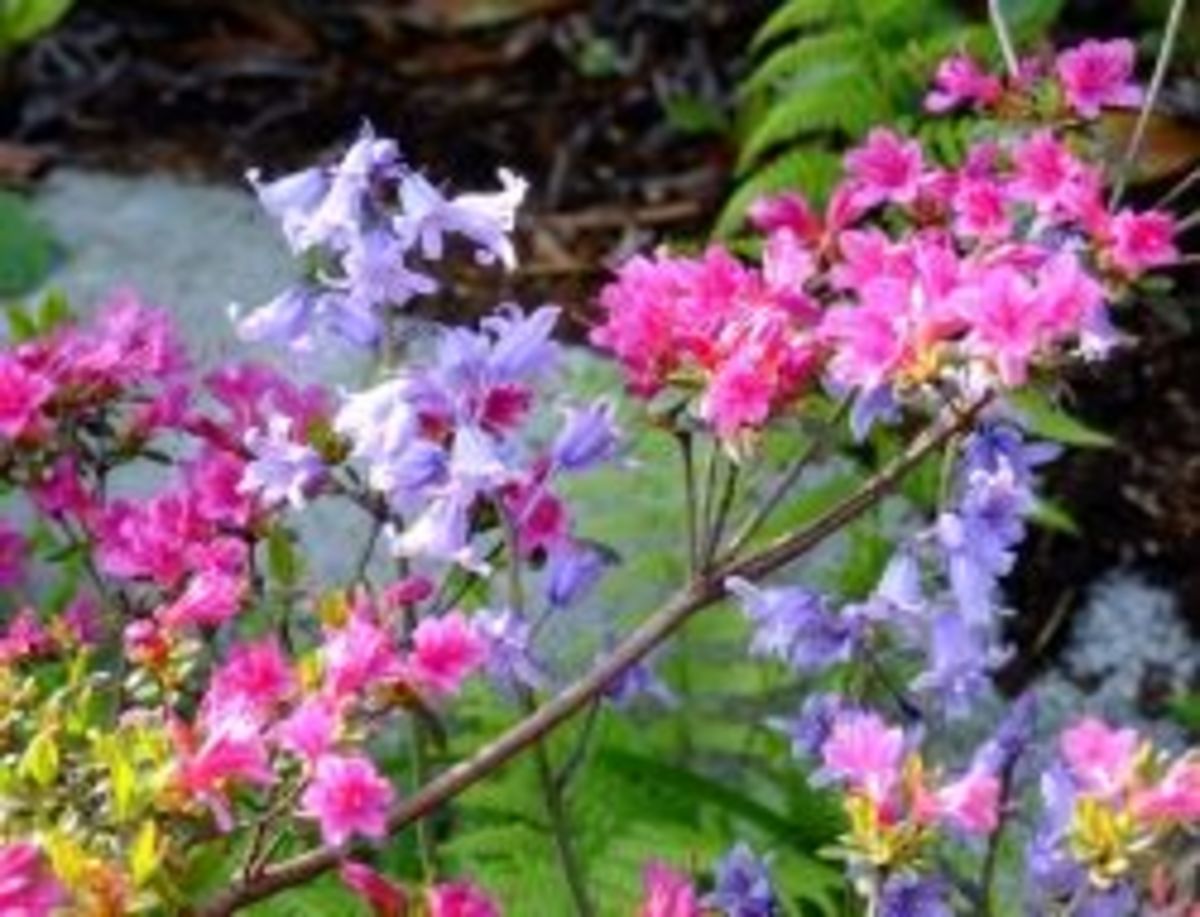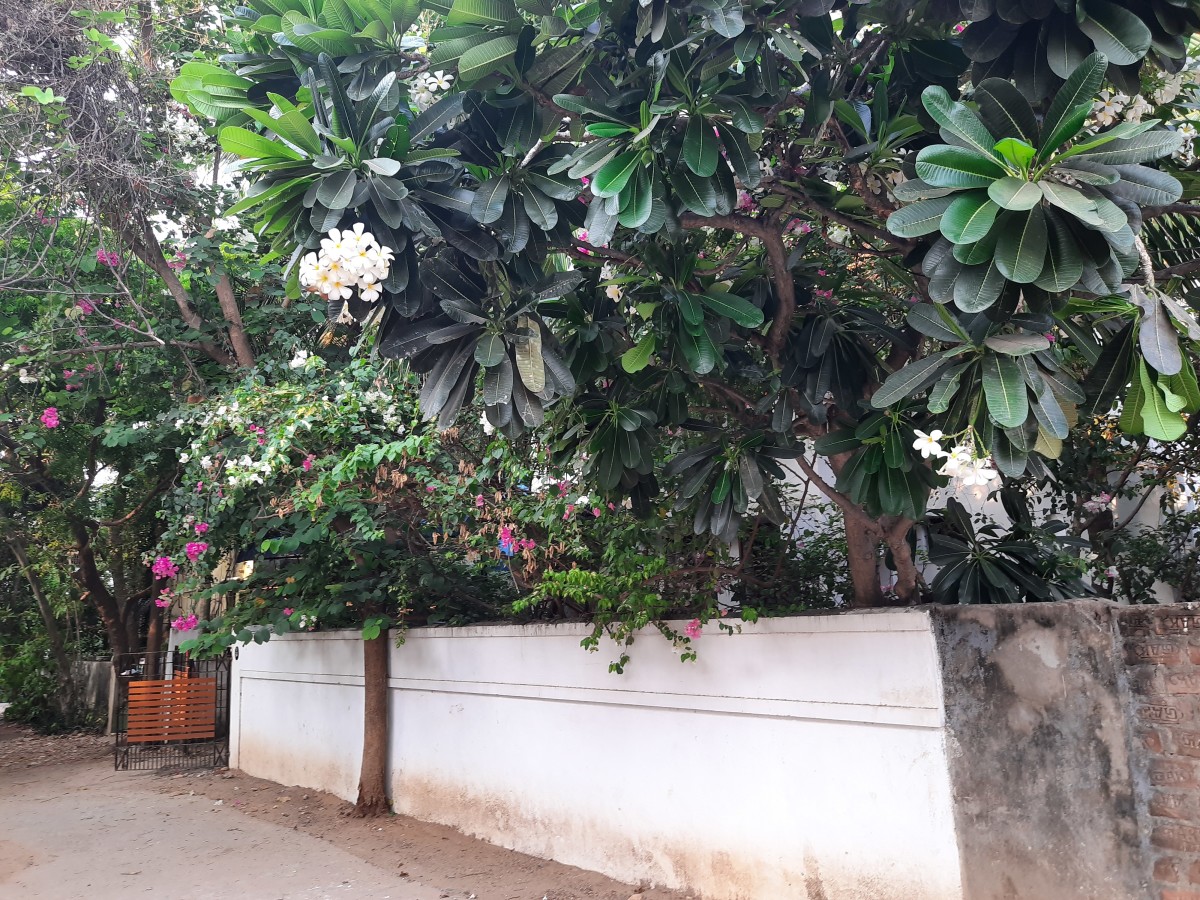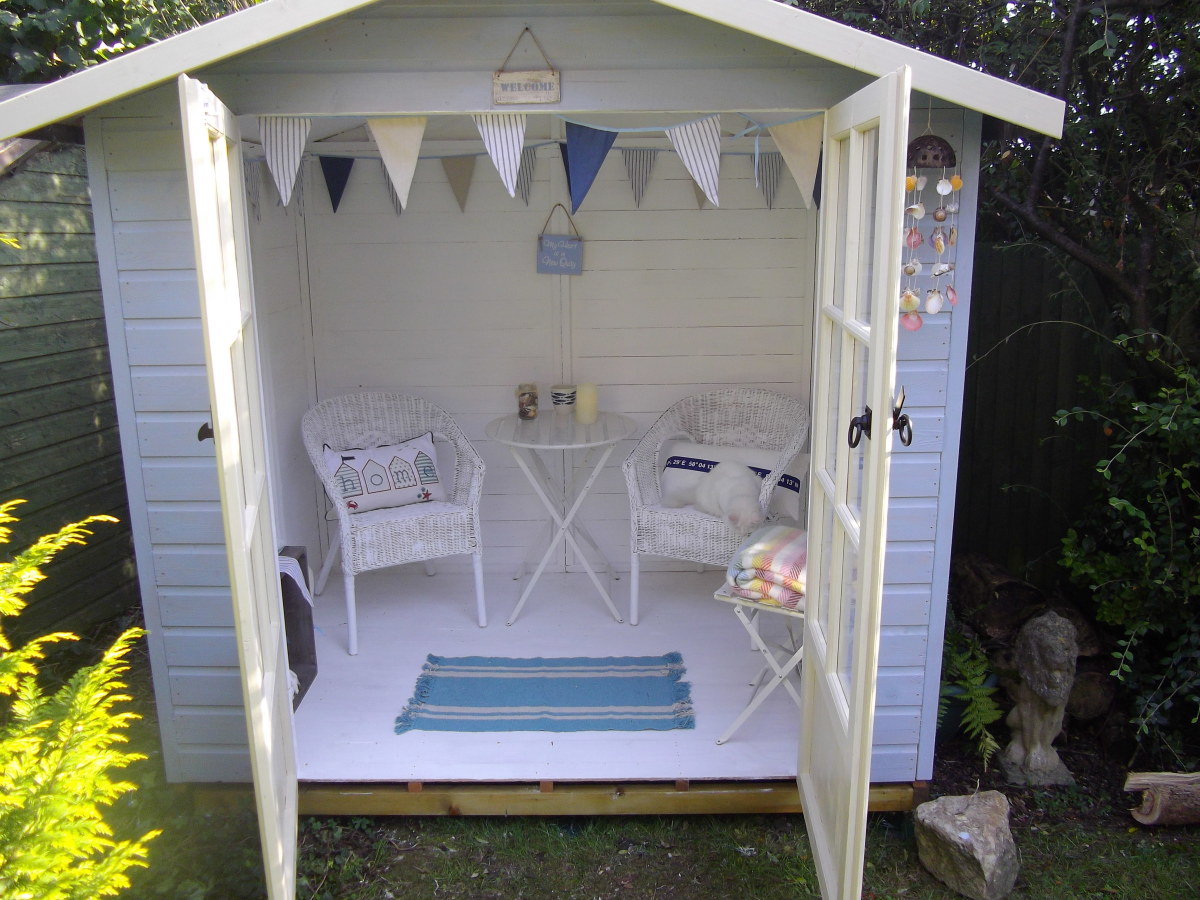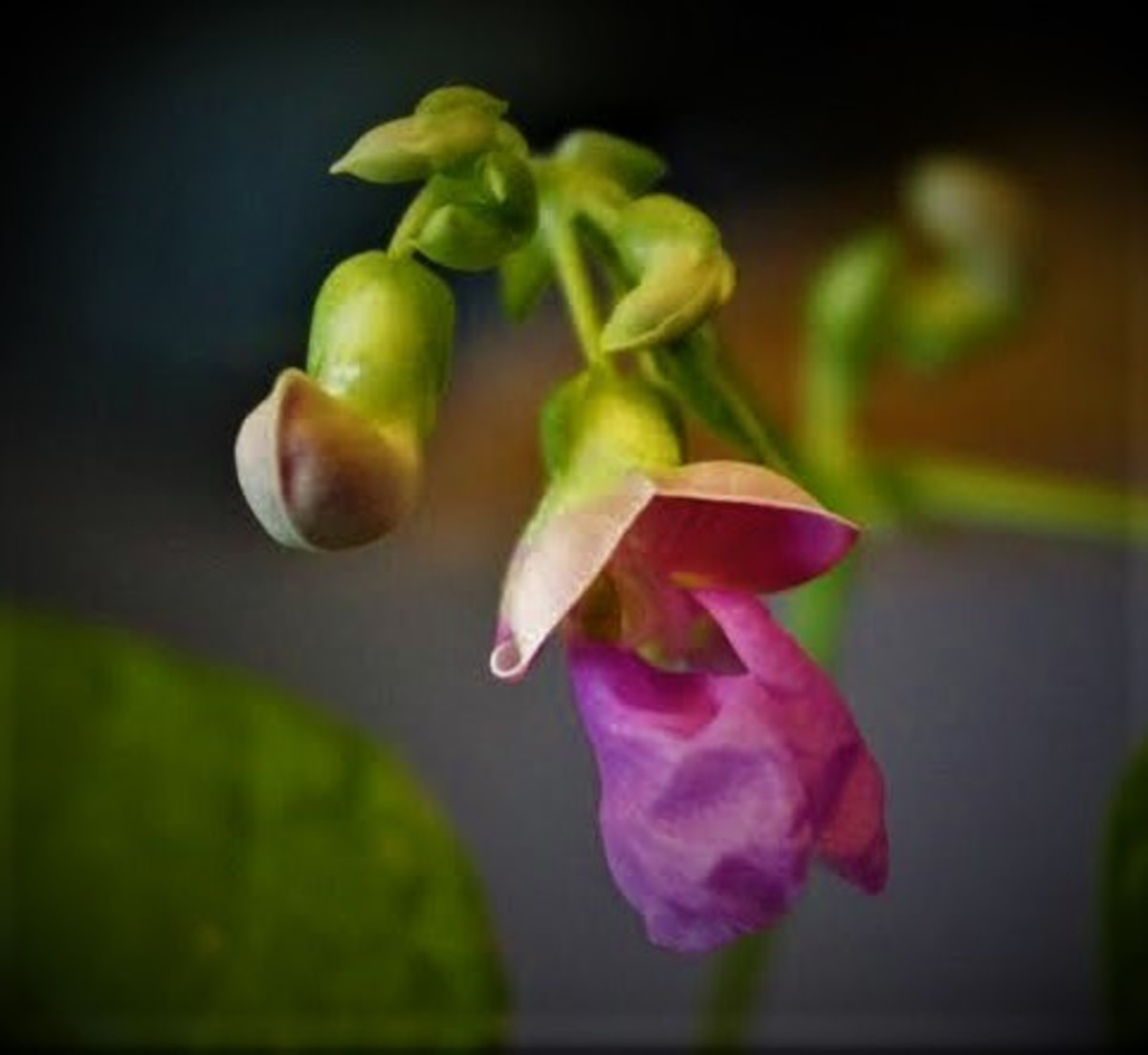Shady Gardening brighten with Herbs
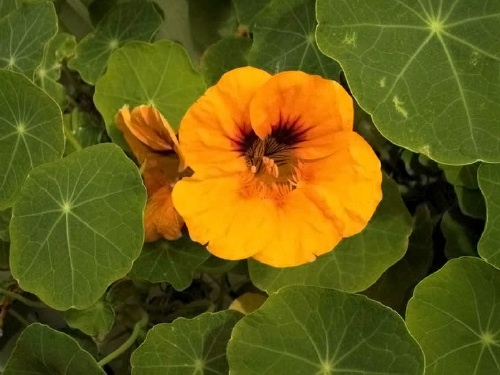
A great addition to any shade garden are herbs; they add color, texture and great aromas. Herbs usually require less water, have few bug problem and are a culinary delight. Generally, herbs thrive in sunny garden locations but many can thrive in shady to partly shady areas as well. Most will do well in neutral, a pH of 6.5 or 7, well drained soil, with deep watering during hot weather.
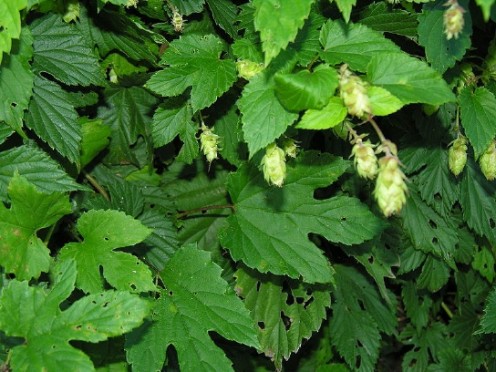
Many shade plants do flower and give a little sparkle to a shady location but to add extra color that brings a glow, herbs could be your answer. Herbs can add the brighter color tones of blues and purples found in lavender, bronze fennel or violets; reds and yellows of bee balm, dill, tansy and sage, the pinks of coneflowers, foxgloves or the bright orange of nasturtium or the ever versatile marigolds.
Herbs can be used as accents plants adding interest to walkways, door entries or on the shady side of a garage. They can also be used to camouflage an unpleasant view as many grow three to five feet high; as fennel a five foot grower or sage that can reach three feet high. Climbing herbs, as nasturtium for their peppery properties or hops if you are into making beer or teas, are also great to block what you don’t want others to see.

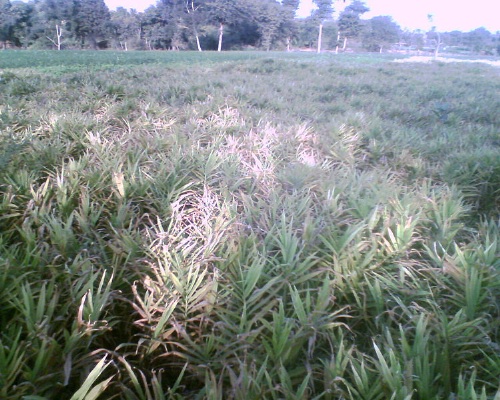
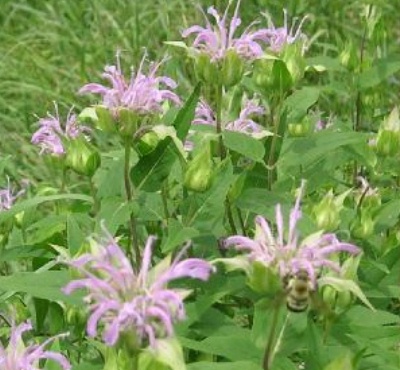
Because of their upright growing habits several herbs can be use as tall or short hedges. A great way to add a dividing line or add background interest in your shade garden.
For a tall hedge you might want to try:
-
Monarda didyma or Bee Balm that grows one to three feet high and is an erect perennial with flowers that bloom in mid-to late summer in a variety of colors to chose from, although they do flower less in shade conditions.
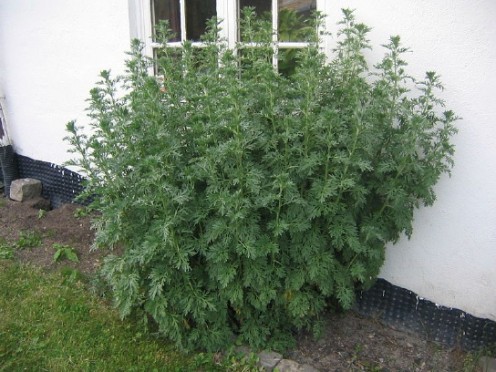
-
Artemisia or sagebush/wormwood can be used as a stand alone shrub with fern-like leaves. There are over 300 species depend on how you plan to use it. They are known for their medicinal properties, brewing beers, wines or vodka; as well as for being a bug repellent on fleas and moths.
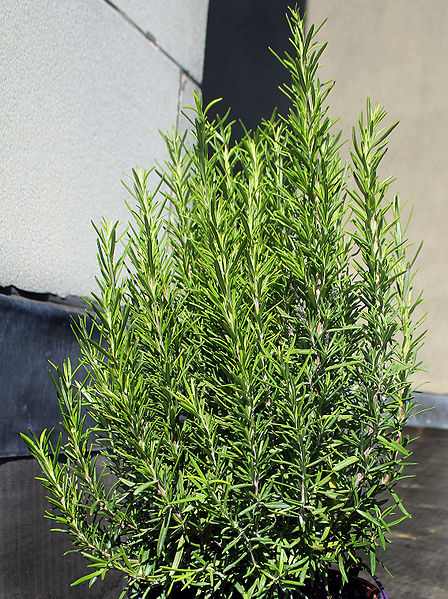
For short more formal hedge you could use:
-
Globe basil which makes a great miniature hedge, as their one foot annual stand takes on a ball-shaped form. To increase leaf production harvest before plant flowers.
-
Rosemary with its woody upright stems makes a stately plant, it is a perennial with fragrant, evergreen, needle-like leaves. In warmer climates it can be ever-blooming. Flowers that appear in summer can vary from white, pink, purple or blue.
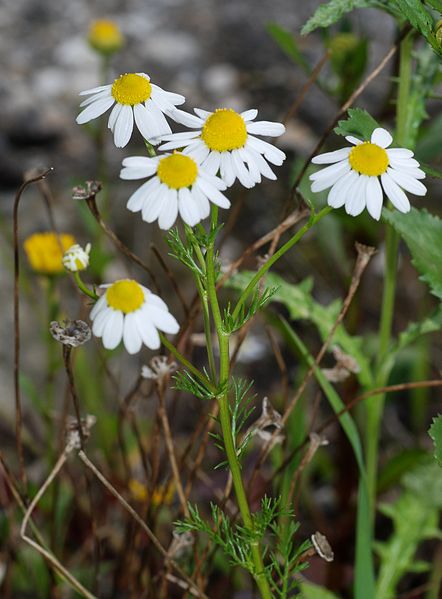
Another great way to add herbs to your shade garden would be to plant them in pots and place them in varies sites during the growing season then lift them and move them inside during the winter season.
